Inside the Chandigarh home of architect Noor Dasmesh Singh
Brass detailing, Indian Kota stone, eclectic furniture and personal objects make up the vibrant palette of this earthy-toned home in India
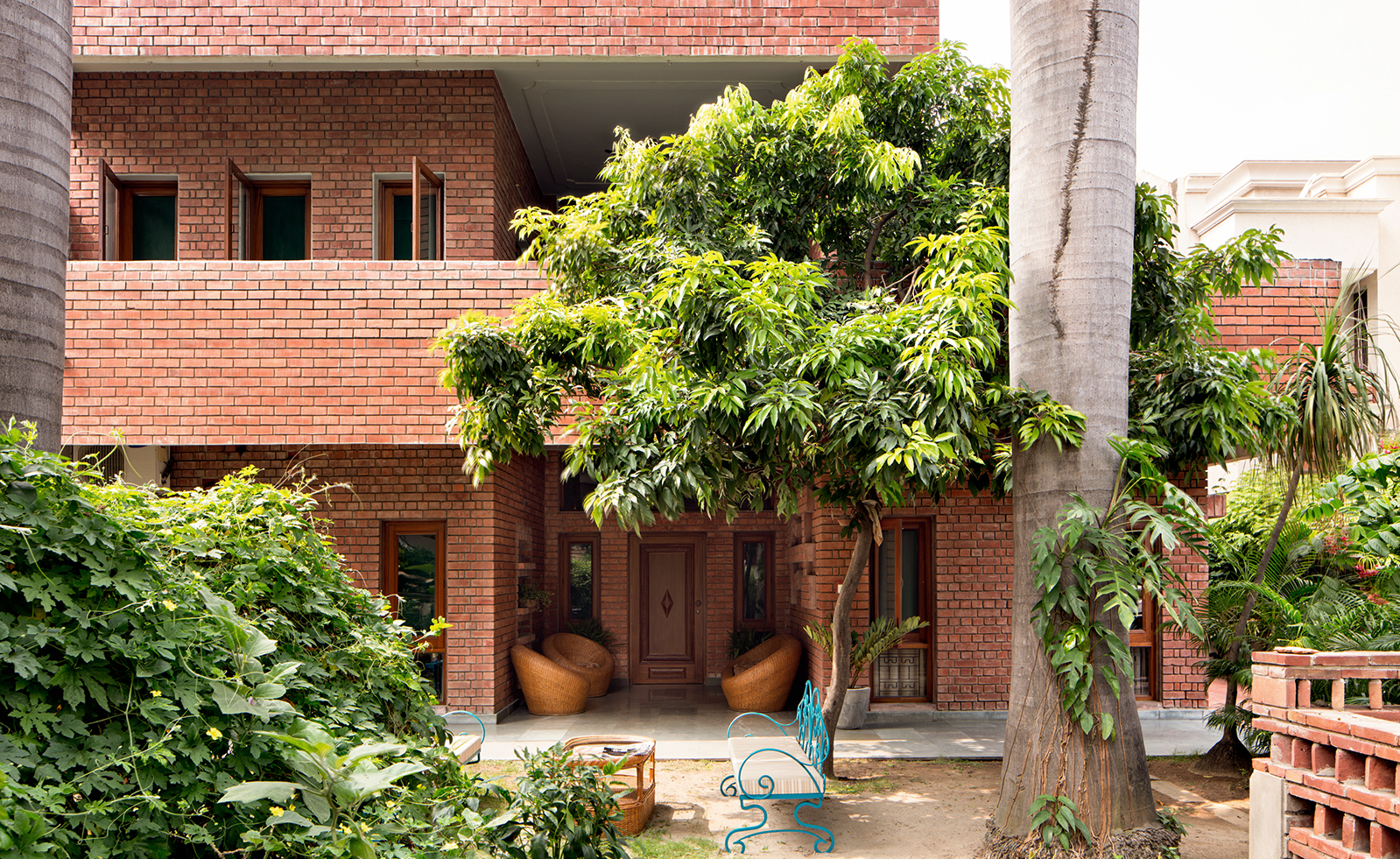
Architects’ houses have long been a topic of intrigue, and architect Noor Dasmesh Singh’s house on the periphery of the modernist urban plan of Chandigarh is no different. The founder and principal of NOOR Architects Consultants has created a personal haven tailored to his lifestyle, his zeal for crafted details, and the furniture he has collected over his lifetime.
Dasmesh Singh bought the utilitarian row house, dating back to the 1980s and built of wire cut exposed bricks in 2017 and the project has been a labour of love ever since. Yet however utilitarian in form, the architect has brought a warm richness to his restoration, which is layered with new materials, custom detailing and his own designs.
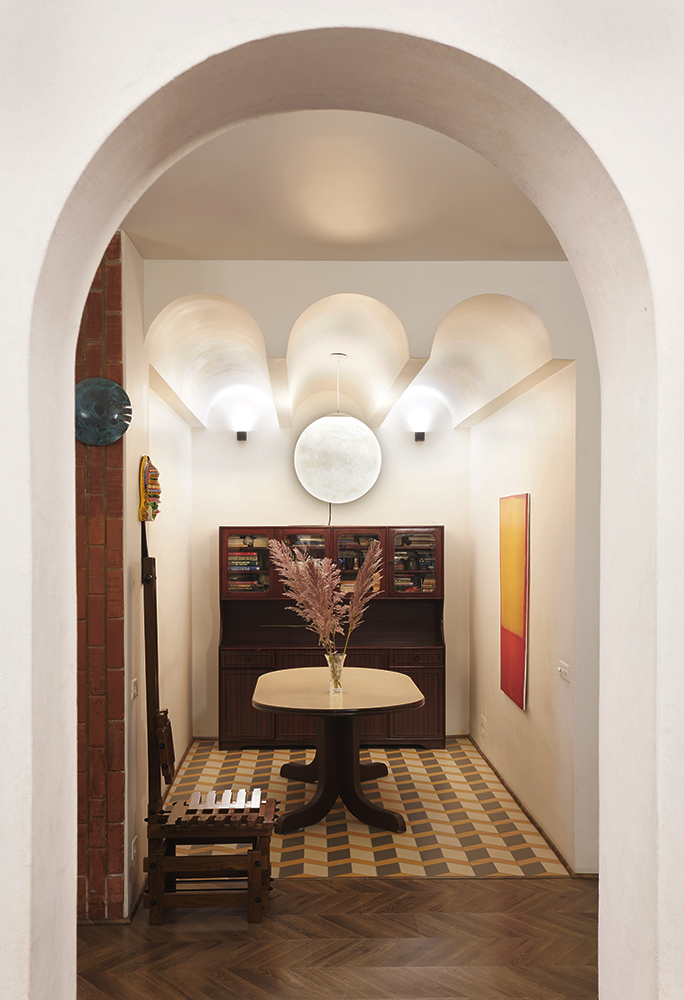
Despite its sensible appearance, maintaining the original architectural form was in fact integral to his plan – all of the exterior openings were preserved to maintain the gratifying exposed brickwork jamb of the house.
Subtle edits were made to the interior plan to adapt it to Dasmesh Singh’s way of life. A studio space on the first floor, a meeting space for discussions on the ground floor and a long and thick outdoor table make of south Indian granite slab were each designed with Dasmesh Singh’s working habits in mind.
The removal of a few inner walls, allowed the space to become more open plan. There is a sense of flow from entrance hall, to living room then dining room flow, and subtle interior additions such as a fluted glass and metal screen, or a moon pendant hung between the ceiling vaults, work to delineate the space.
RELATED STORY
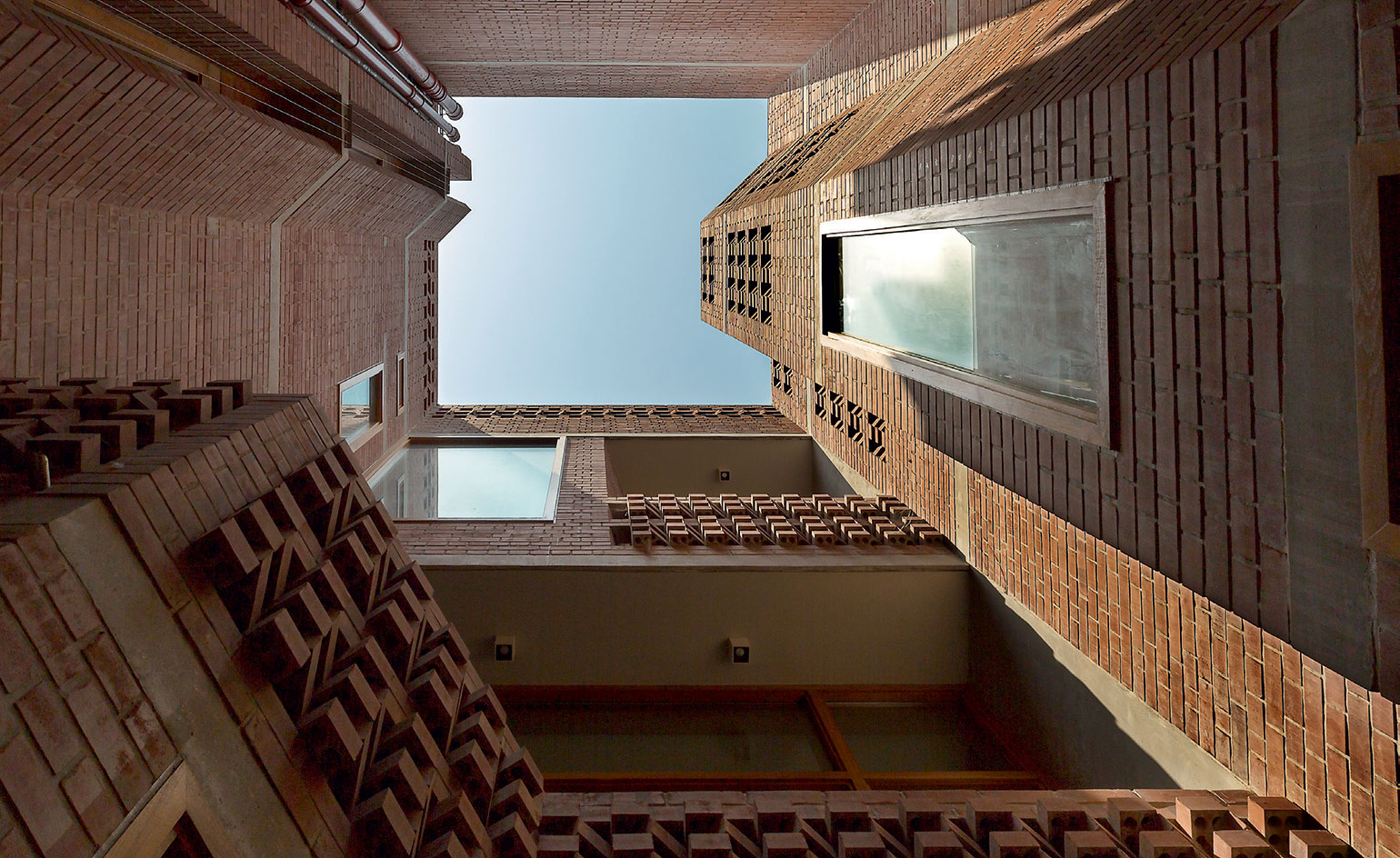
The architect’s aesthetic for the house was formed through a ‘a confluence of styles, personal impressions and influences,’ he explains. While his material palette combines refined hints of ‘vernacular’ held together loosely within an ‘overall modernist framework’.
Abstraction meets traditional Indian design in the entrance hall where a blown glass light installation hangs above a geometric grey-green Indian Kota stone floor, combined with white marble and Jaisalmer yellow stone. Elsewhere hand-crafted bone inlay furniture inspired by Punjabi interiors, Sikh miniatures and white marble Makarana lamps are combined with iconic furniture pieces such as the Anacleto Spazzapan chair, a Nagashima console against a Corten back panel and restored art deco chairs.
An earthy-coloured layering of materials acts as a backdrop to all of these accents, including Burma teak, Corten, exposed brick, fishbone wooden floors and dusk-grey walls. These softly-toned surfaces allow Damesh Sinh’s custom-designed details, such as the handcrafted ironmongery, solid wooden knobs, and the fine brass mesh drape, to become highlights of the house.
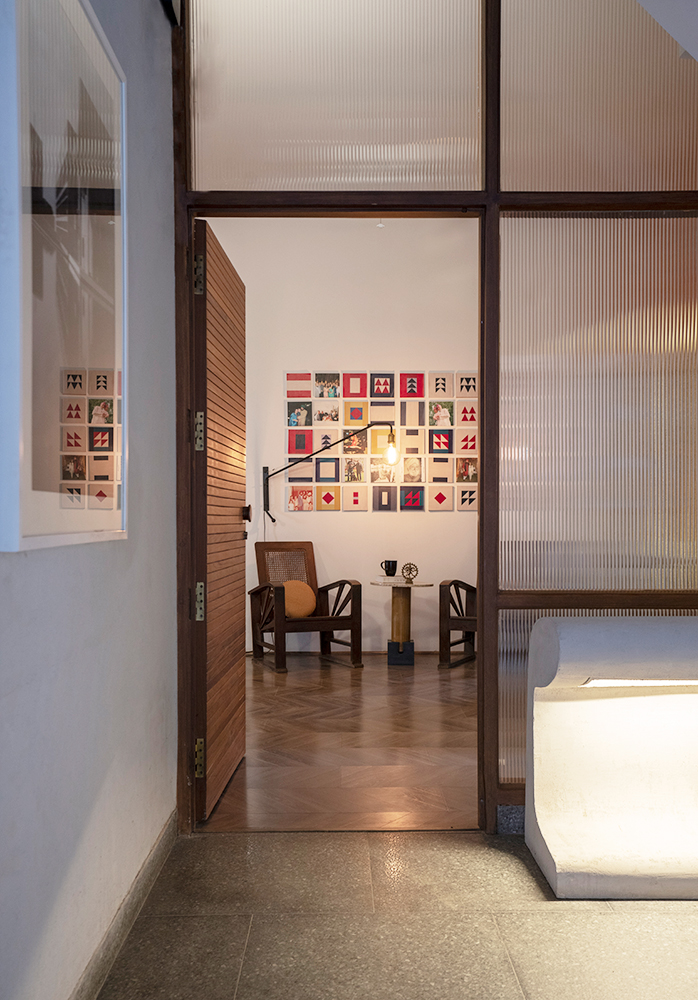
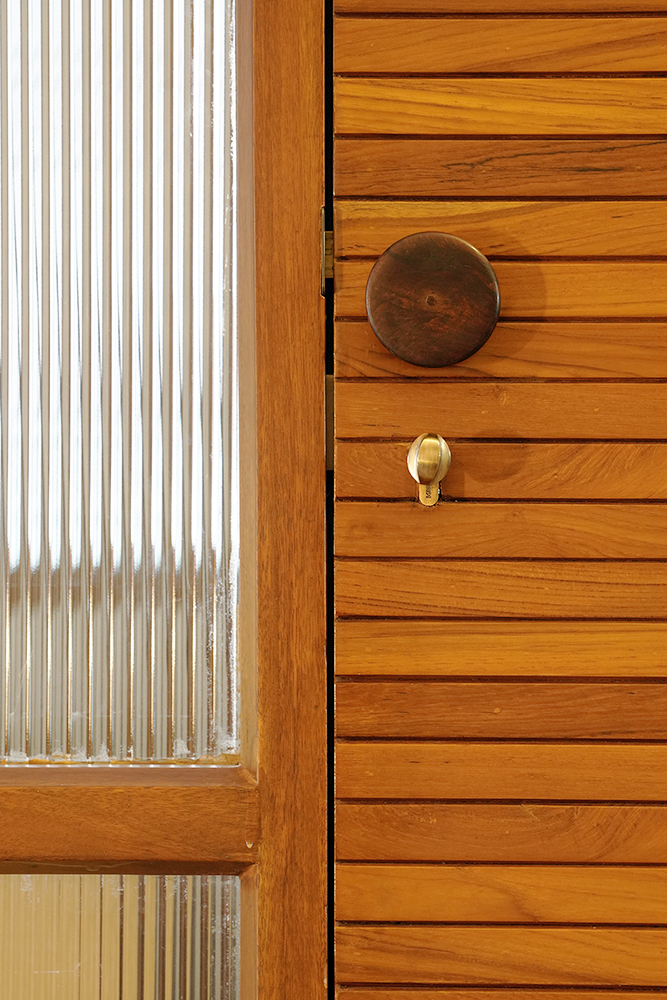
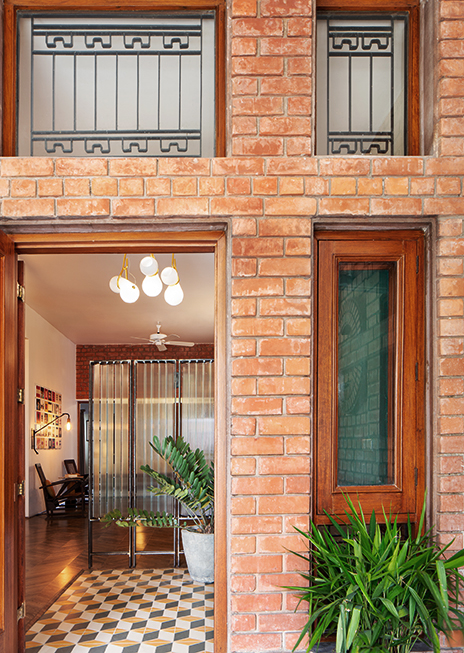
INFORMATION
Receive our daily digest of inspiration, escapism and design stories from around the world direct to your inbox.
Harriet Thorpe is a writer, journalist and editor covering architecture, design and culture, with particular interest in sustainability, 20th-century architecture and community. After studying History of Art at the School of Oriental and African Studies (SOAS) and Journalism at City University in London, she developed her interest in architecture working at Wallpaper* magazine and today contributes to Wallpaper*, The World of Interiors and Icon magazine, amongst other titles. She is author of The Sustainable City (2022, Hoxton Mini Press), a book about sustainable architecture in London, and the Modern Cambridge Map (2023, Blue Crow Media), a map of 20th-century architecture in Cambridge, the city where she grew up.
-
 Volvo’s quest for safety has resulted in this new, ultra-legible in-car typeface, Volvo Centum
Volvo’s quest for safety has resulted in this new, ultra-legible in-car typeface, Volvo CentumDalton Maag designs a new sans serif typeface for the Swedish carmaker, Volvo Centum, building on the brand’s strong safety ethos
-
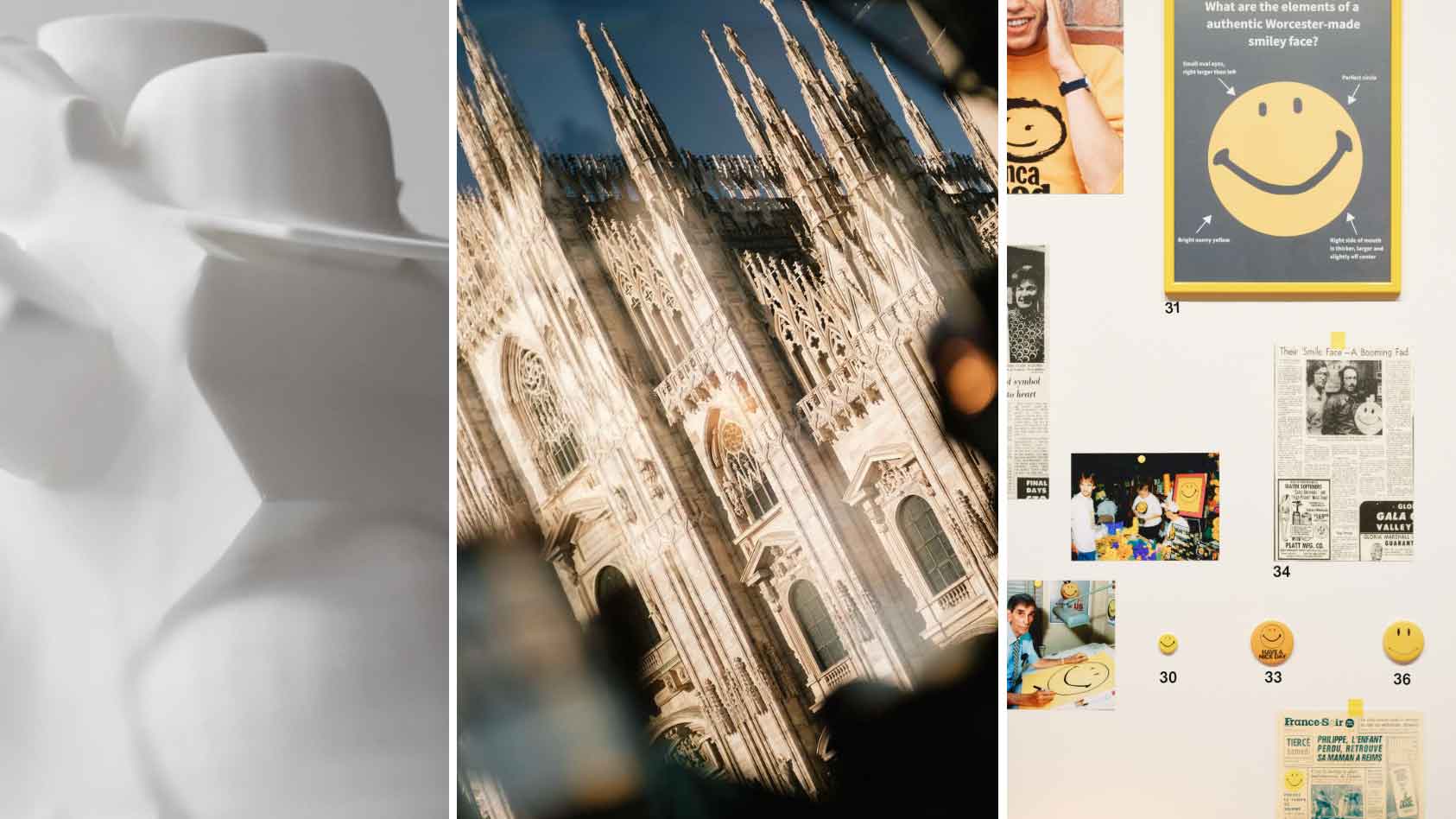 We asked six creative leaders to tell us their design predictions for the year ahead
We asked six creative leaders to tell us their design predictions for the year aheadWhat will be the trends shaping the design world in 2026? Six creative leaders share their creative predictions for next year, alongside some wise advice: be present, connect, embrace AI
-
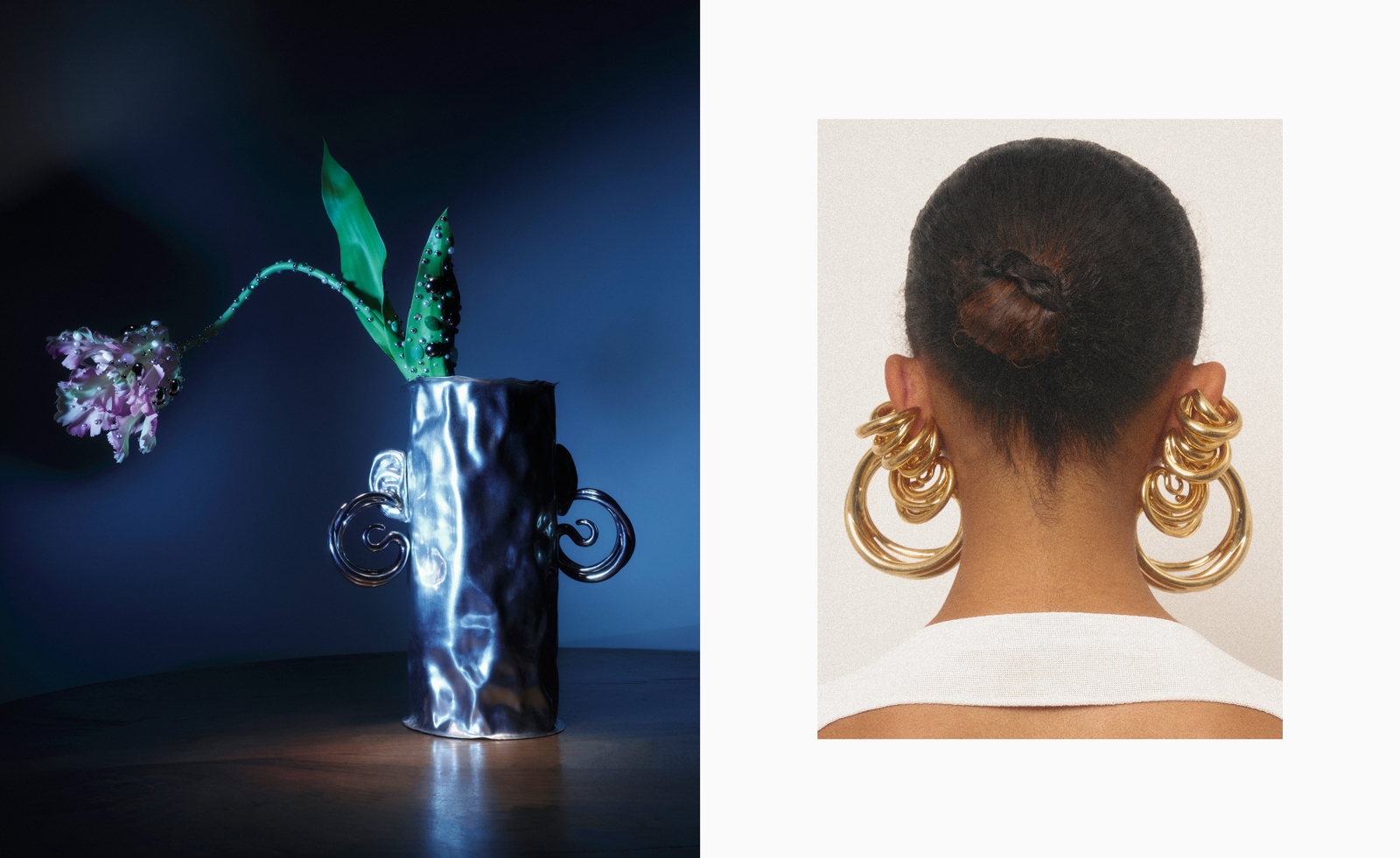 10 watch and jewellery moments that dazzled us in 2025
10 watch and jewellery moments that dazzled us in 2025From unexpected watch collaborations to eclectic materials and offbeat designs, here are the watch and jewellery moments we enjoyed this year
-
 A day in Ahmedabad – tour the Indian city’s captivating architecture
A day in Ahmedabad – tour the Indian city’s captivating architectureIndia’s Ahmedabad has a thriving architecture scene and a rich legacy; architect, writer and photographer Nipun Prabhakar shares his tips for the perfect tour
-
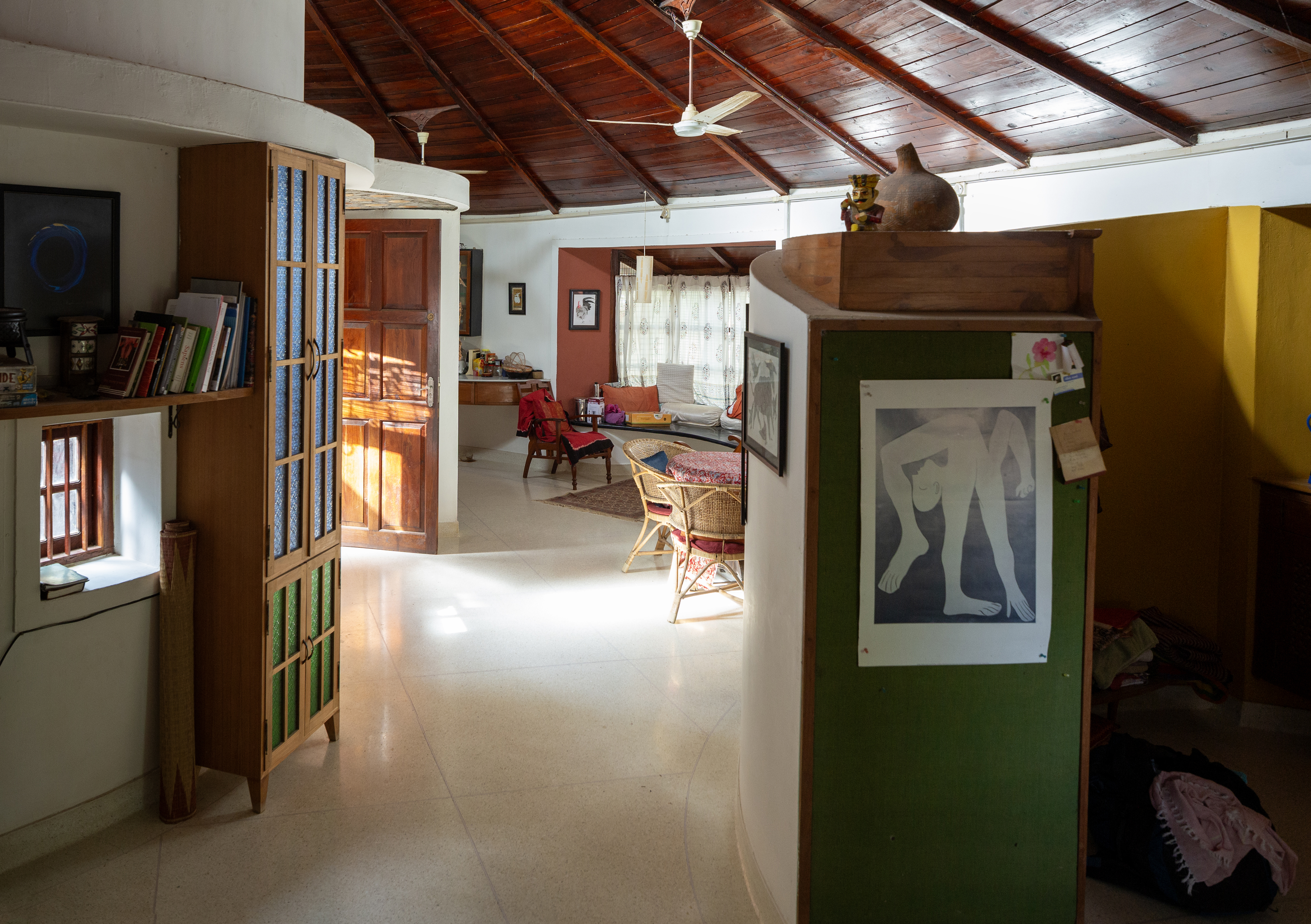 Inside a creative couple's magical, circular Indian home, 'like a fruit'
Inside a creative couple's magical, circular Indian home, 'like a fruit'We paid a visit to architect Sandeep Virmani and social activist Sushma Iyengar at their circular home in Bhuj, India; architect, writer and photographer Nipun Prabhakar tells the story
-
 The Architecture Edit: Wallpaper’s houses of the month
The Architecture Edit: Wallpaper’s houses of the monthFrom wineries-turned-music studios to fire-resistant holiday homes, these are the properties that have most impressed the Wallpaper* editors this month
-
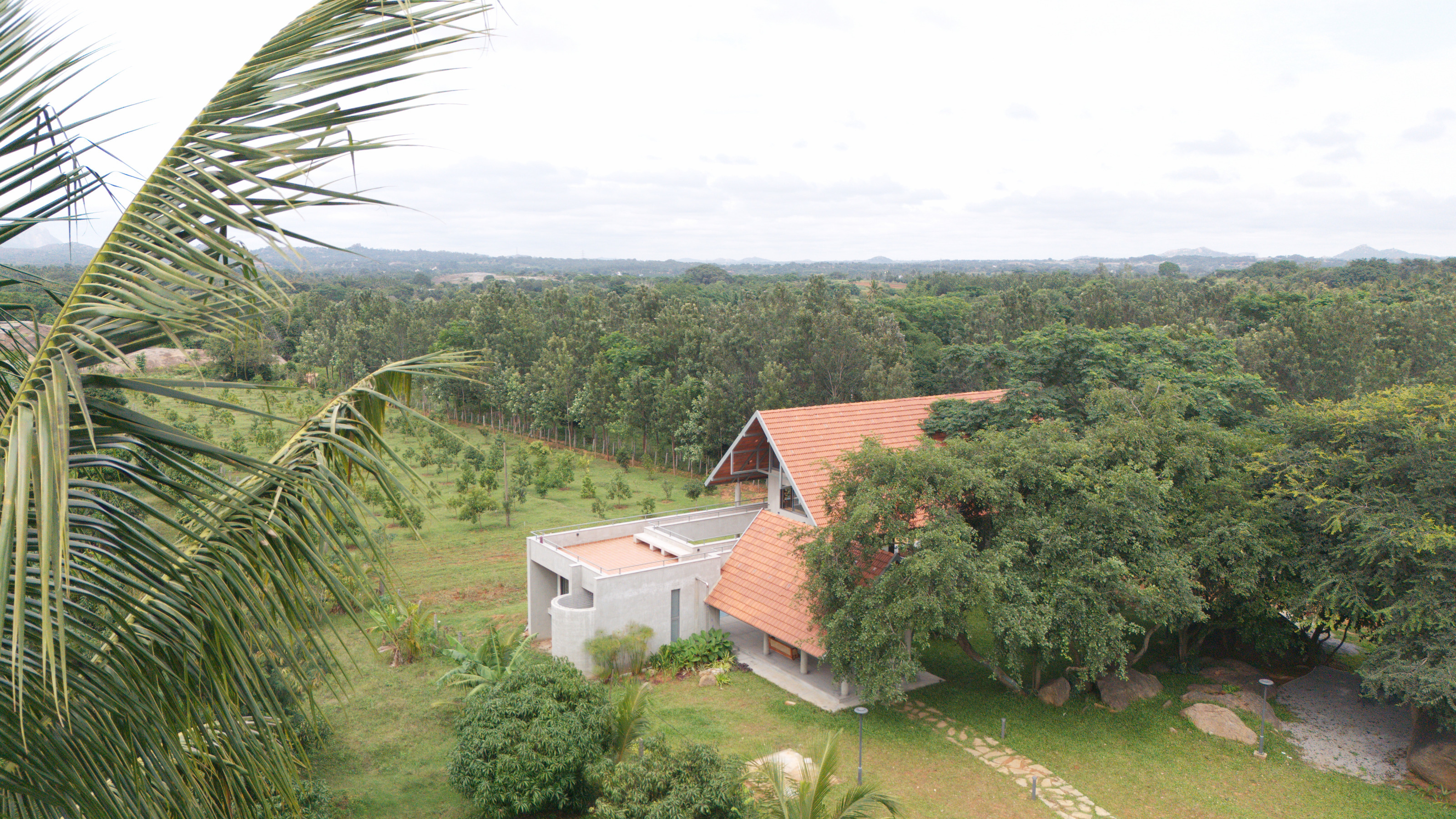 A refined Indian country residence reimagines the farmhouse
A refined Indian country residence reimagines the farmhouseSet among Karnataka’s rolling fields and forest, House by the Grove by Taliesyn Design & Architecture combines modern materials with an open approach to the elements
-
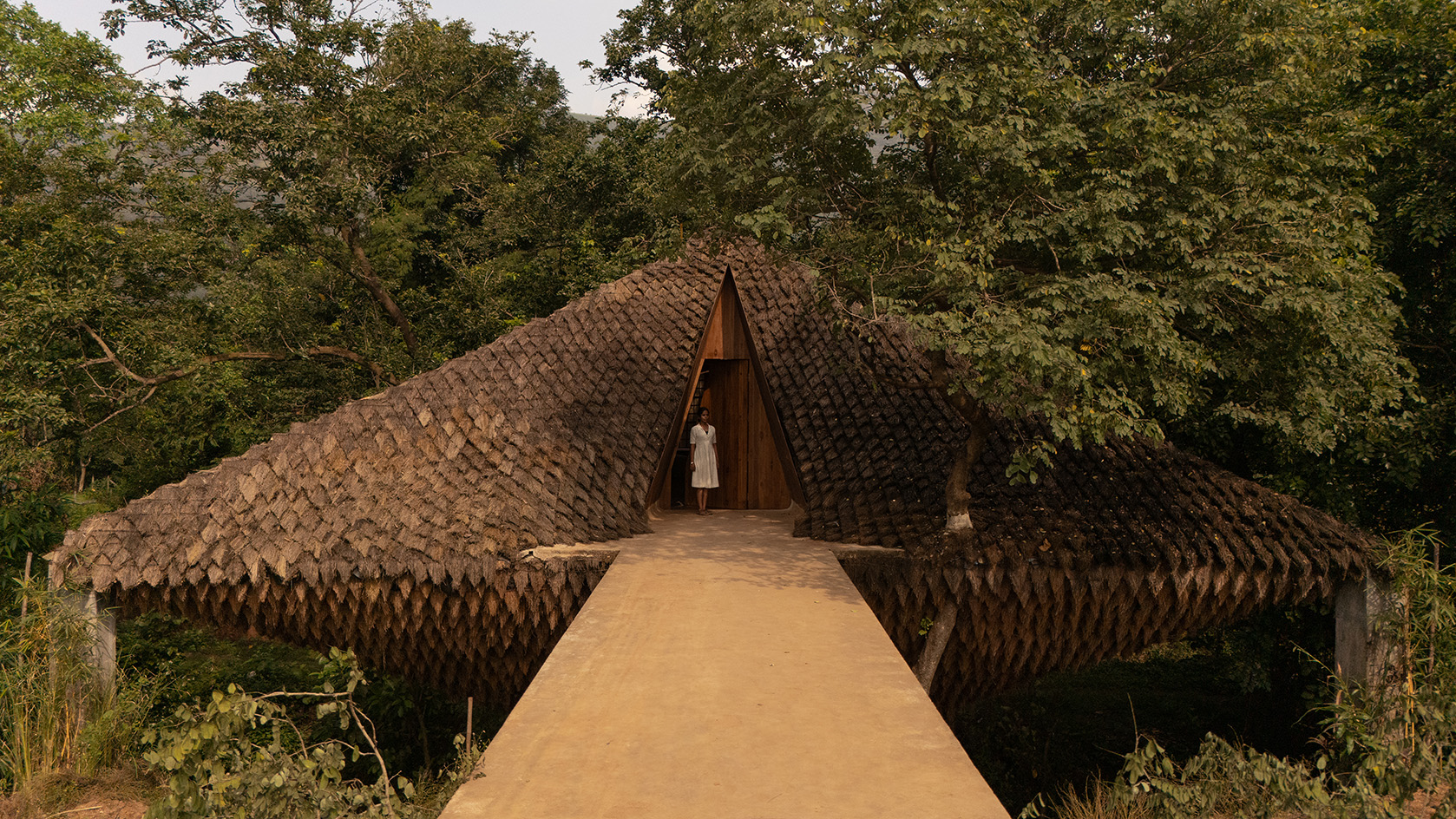 Half bridge, half home: Wallmakers’ latest project takes architecture to daring new heights
Half bridge, half home: Wallmakers’ latest project takes architecture to daring new heightsHovering above a forest stream in Maharashtra, Bridge House pushes the limits of engineering and eco-conscious design
-
 The Architecture Edit: Wallpaper’s houses of the month
The Architecture Edit: Wallpaper’s houses of the monthFrom Malibu beach pads to cosy cabins blanketed in snow, Wallpaper* has featured some incredible homes this month. We profile our favourites below
-
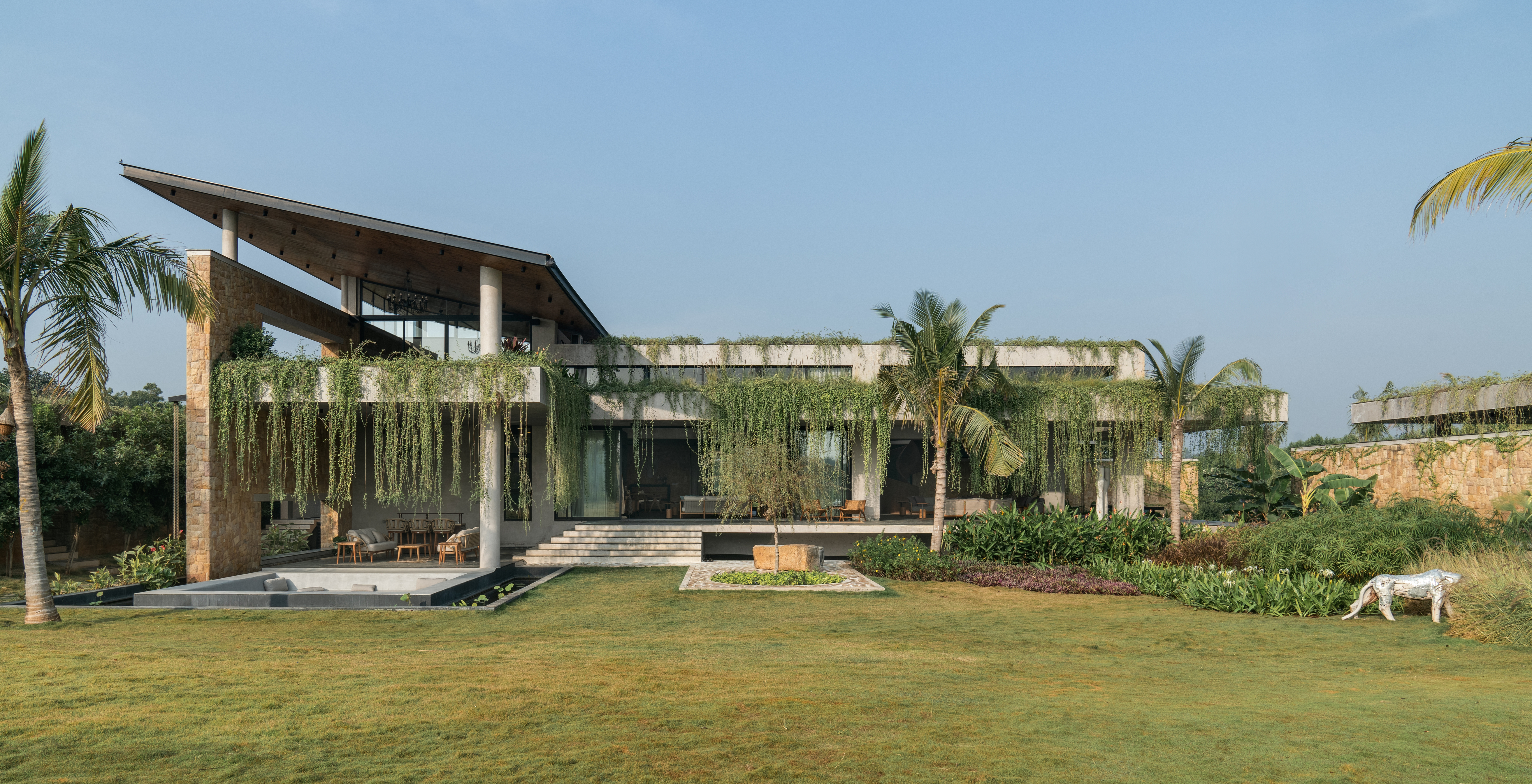 Cascading greenery softens the brutalist façade of this Hyderabad home
Cascading greenery softens the brutalist façade of this Hyderabad homeThe monolithic shell of this home evokes a familiar brutalist narrative, but designer 23 Degrees Design Shift softens the aesthetic by shrouding Antriya in lush planting
-
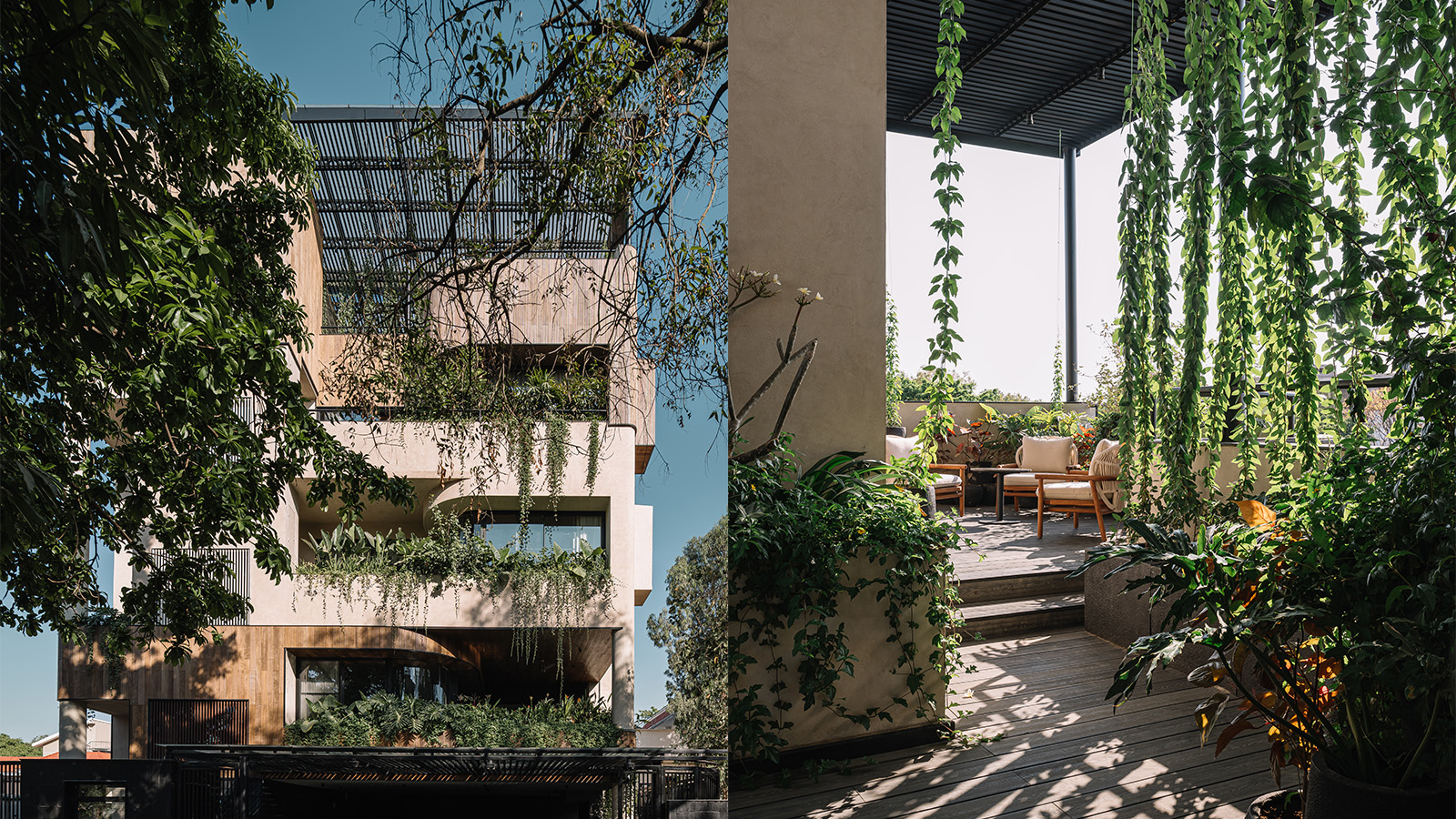 A lush Bengaluru villa is a home that acts as a vessel for nature
A lush Bengaluru villa is a home that acts as a vessel for natureWith this new Bengaluru villa, Purple Ink Studio wanted gardens tucked into the fabric of the home within this urban residence in India's 'Garden City'